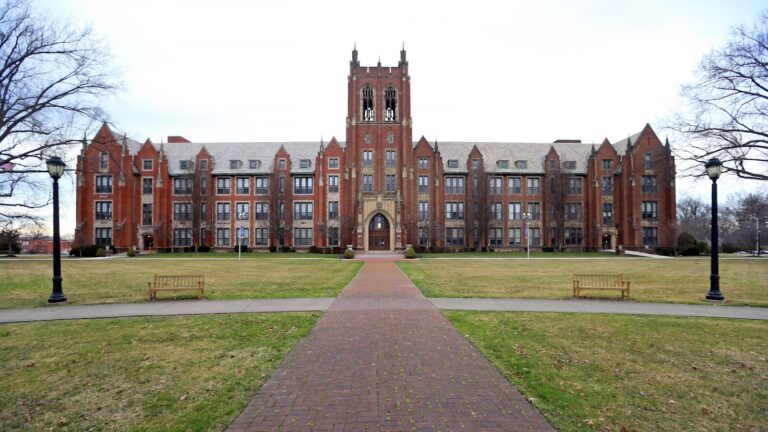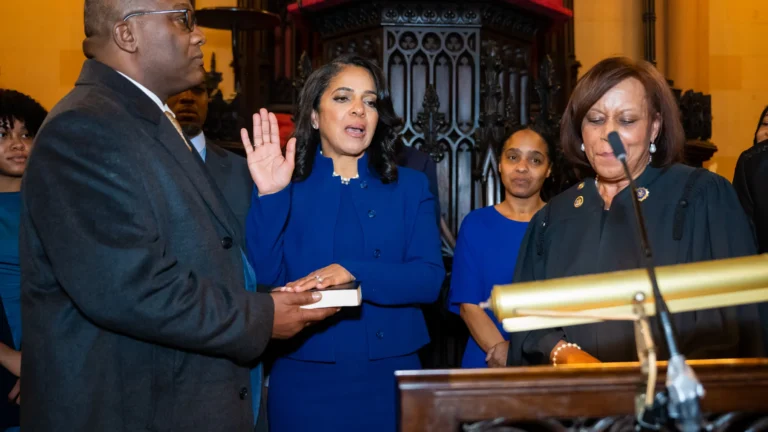
Understanding the Impact of Notre Dame College Closing
The decision that led to Notre Dame College Closing has sent shockwaves through the academic community and beyond. As the institution prepared to shut its doors, administrators, faculty, and students were left to grapple with the implications of a decision that many regarded as both unexpected and deeply impactful. In this article, we explore the complex factors that contributed to this outcome, the economic and social reverberations felt by the community, and the prospects for the future.
Over the past few months, the news surrounding Notre Dame College Closing has generated heated discussions among educational experts and local residents alike. Many stakeholders have been compelled to ask hard questions about how such a venerable institution could reach a point of no return. This analysis delves into the multiple dimensions of the decision, from administrative missteps to broader trends in higher education.
Historical Background of Notre Dame College Closing
For decades, the institution that once stood as a beacon of academic excellence faced mounting challenges. Dwindling enrollment numbers, shifting demographic trends, and increasing operational costs all played a role in setting the stage for the eventual shutdown. The process that culminated in Notre Dame College Closing was not sudden; rather, it was the result of a series of strategic decisions, fiscal pressures, and market dynamics that had been developing over several years.
Administrators had tried various measures to reverse the downward trend, including curriculum reforms, partnerships with local businesses, and even temporary cost-cutting strategies. Despite these efforts, the institution was unable to secure the financial stability required to continue its operations. As the leadership navigated an increasingly precarious financial landscape, the conversation eventually shifted toward a resolution that, unfortunately, meant the end of an era. The analysis of these events now serves as an important case study for other educational institutions facing similar challenges.
Economic and Social Implications
The ripple effects of Notre Dame College Closing have been felt across multiple facets of the local economy. Small businesses that once thrived on the patronage of students and faculty have seen a dramatic decline in revenue. Local governments are now forced to reallocate resources and rethink community development strategies in light of a reduced economic footprint. The social impact is equally profound, as families and alumni mourn the loss of an institution that played a central role in community identity.
Local business owners have reported that the closure has disrupted not only the local economy but also the social fabric of the neighborhood. With the steady stream of academic events and community programs now coming to an abrupt halt, many are left wondering what the future holds for a community so closely tied to the college’s fortunes. Educational advocates are using this moment to call for increased support for other local institutions, hoping to prevent similar fates in the future.
Moreover, the shutdown has reignited debates over the broader trends affecting higher education across the nation. Critics point to systemic issues such as rising tuition costs, the commercialization of education, and the diminishing value of a traditional college degree. As policymakers and educators look for sustainable solutions, the conversation continues to be informed by the lessons learned from Notre Dame College Closing.
Community Reactions and Personal Stories
In the wake of college closing, numerous personal stories have emerged. Many former students and long-time faculty members recall fond memories of campus life, academic rigor, and a strong sense of community. The announcement of the closing was met with disbelief by many who had invested their hopes and dreams in the institution’s future.
One alumna recounted, “I spent some of the best years of my life at this college, and now it’s gone. It’s hard to imagine a campus without the energy and promise that once filled every corridor.” Faculty members echoed similar sentiments, expressing concerns not just for the future of their careers but also for the students who now face uncertain academic paths. The emotional toll on the community has been significant, with many turning to social media and local news outlets to share their experiences and seek solace in collective mourning.
The outpouring of emotion and the sharing of memories have brought to light the deep connections formed over generations. While the closure marks the end of a significant chapter, it also opens the door to a period of reflection and, perhaps, eventual renewal. The legacy of closing will undoubtedly be revisited in academic studies, community forums, and policy debates for years to come.
Factors Leading to the Closure
Several factors converged in the final years leading up to closing. Among the most significant were financial struggles, increased competition from alternative educational institutions, and a decline in enrollment. These challenges were compounded by a changing regulatory landscape that made it increasingly difficult for small colleges to secure funding and support.
Analysts argue that while the immediate causes of the closure were financial, the underlying issues were far more complex. For instance, many experts point to a nationwide trend of declining enrollment in traditional colleges, as prospective students seek more flexible and cost-effective alternatives. This shift in consumer behavior, combined with the growing influence of online education platforms, left many institutions scrambling to adapt to a rapidly evolving educational landscape.
In this context, the decision for Notre Dame College Closing can be seen as both a symptom and a consequence of broader systemic changes. As educational models evolve, institutions that once seemed indispensable may find themselves vulnerable to economic forces beyond their control. The unfortunate reality is that many colleges, regardless of their historical significance, must now navigate an increasingly uncertain future.
The Future After Notre Dame College Closing
Looking ahead, the repercussions of Notre Dame College Closing will likely extend far beyond the immediate academic community. Local governments and community leaders are now faced with the challenge of repurposing the physical campus and integrating the affected population into new economic and social frameworks. Some have proposed transforming the former campus into a community center, while others advocate for developing new educational initiatives that address the needs of modern learners.
The debate over the best path forward is intense. On one side, proponents of preserving the legacy of the institution argue that the campus should remain a center for learning and innovation. On the other side, some believe that the physical infrastructure should be repurposed to better serve the evolving needs of the community, particularly in areas like technology, healthcare, and vocational training.
Despite the differing opinions, there is a common understanding that the effects of closing will be felt for many years. Decision-makers are now under pressure to craft strategies that honor the past while also embracing the opportunities of the future. This balance between remembrance and progress is at the heart of the current debates surrounding educational reform and community revitalization.
Lessons Learned and Moving Forward
The experience of Notre Dame College Closing offers valuable lessons for educators, policymakers, and community leaders alike. First and foremost, it underscores the importance of proactive financial planning and diversification in revenue streams for educational institutions. The case serves as a reminder that no institution, regardless of its legacy, is immune to economic pressures and shifting societal trends.
In analyzing the series of events that led to the closure, many have stressed the need for early intervention and more robust support systems. Had there been greater collaboration between the college, local businesses, and government agencies, it is possible that alternative solutions might have been explored. The discussion now centers on how to prevent similar outcomes in the future by fostering a more resilient and adaptable educational framework.
Furthermore, the legacy of Notre Dame College Closing has spurred conversations about the role of higher education in society. Critics argue that the closure is emblematic of a broader failure to modernize academic institutions in a rapidly changing world. Proponents of reform believe that the lessons learned from this case should serve as a catalyst for innovation, driving new models that can better meet the needs of contemporary students.
Community leaders are also calling for a reexamination of public policy to better support struggling institutions. This includes exploring alternative funding models, increasing government support for smaller colleges, and creating incentives for educational innovation. The hope is that by learning from the past, future initiatives can avoid repeating the mistakes that led to closing.
Conclusion
In summary, the unfolding story of Notre Dame College Closing is a poignant reminder of the challenges facing modern educational institutions. The closure marks not only the end of a storied chapter in local history but also the beginning of a critical conversation about the future of higher education. As communities, policymakers, and educators grapple with the fallout, it is essential to reflect on the myriad factors that contributed to this outcome.
The journey toward understanding and addressing these challenges is complex and fraught with difficult questions. Yet, it also provides an opportunity for renewal and reinvention. By examining the causes, effects, and future implications of Notre Dame College Closing, stakeholders can work together to forge a path forward that honors the legacy of the past while embracing the promise of a more resilient future.
The insights gained from this experience serve as a foundation for ongoing discussions about educational reform, community development, and economic sustainability. Though the pain of loss is palpable, there remains a collective determination to build something new from the remnants of what once was. The story of Notre Dame College Closing will undoubtedly continue to influence debates and policies in the years to come, reminding us all of the enduring need to adapt, innovate, and learn from our shared history.



